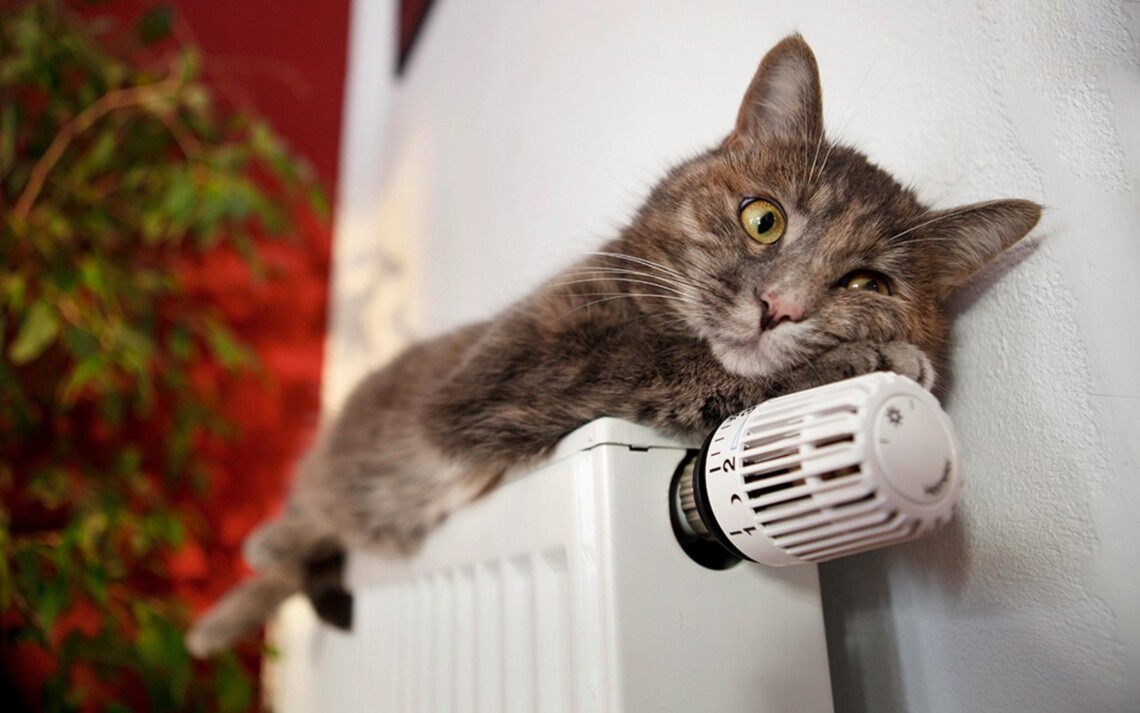Kyiv starts the heating season for the social sphere
2 October 20:48
In Kyiv, the heating season for hospitals, kindergartens, schools and other social institutions will start on October 3. This was announced by Kyiv Mayor Vitali Klitschko, "Komersant Ukrainian" reports.
The connection will be made based on individual applications from the heads of the institutions.
“This algorithm is justified for such institutions, given their social orientation,” Klitschko said.
Why not for everyone?
According to the mayor, the issue of starting the heating season in the residential sector requires a separate decision. The authorities should take into account several factors:
- rational use of energy resources;
- the inexpediency of unnecessary expenses for residents;
- the situation in the energy system;
- projected temperature indicators.
“In order to save both the city residents’ money and energy resources, social institutions will be the first to receive heat,” Klitschko emphasized.
Technical capabilities
The mayor emphasized that hospitals, schools and kindergartens are equipped with individual heating stations. This allows them to regulate heat supply and use resources efficiently.
It should be reminded that according to Ukrainian standards, heating is connected when the average daily temperature is below 8°C for three days.
According to weather forecasters, the temperature in Kyiv on October 3 is expected to be around 5°C at night and 11-13°C during the day.
In previous years, Kyiv has traditionally started heating for the social sector earlier than for residential buildings.
Last winter, the city also operated according to a flexible algorithm: individual institutions were connected to heat upon request.
How the heating season 2022/23 went in Kyiv
- The most difficult season in the city’s history. Due to massive Russian strikes on the energy infrastructure, Kyiv experienced regular power, heat, and water outages.
- Damage to heating networks. Some boiler houses and main heating pipelines were cut off, and some areas were left without heat for several days.
- Saving resources. The city was forced to limit the temperature in residential buildings (on average 16-18°C instead of the standard 20-22°C).
- Government response. More than 1000 “invincibility points” with generators, heating and the Internet were opened for the population.
- Result. Despite the shelling, the centralized heating system was kept from collapsing completely – there was no long-term blackout in the capital.









